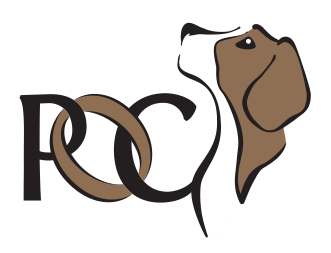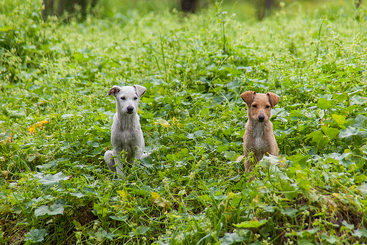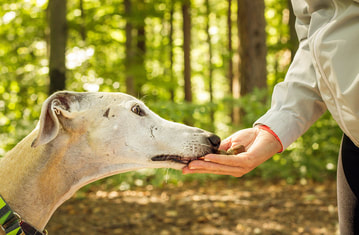|
What is variable reinforcement and why does it matter? If you are using a schedule of variable reinforcement it means that you are rewarding some of the times your dog responds to your cue but not every time. People may choose to reward only straighter sits or faster recalls to encourage their dog raise the quality of the response. Other people may just reward a behaviour randomly – enough to keep the dog responding to the cue in hopes of hitting the jack pot this time. Similar to the way people play slot machines – you keep putting money in hoping for the payoff. 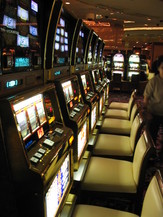 Variable reinforcement can be helpful if we are looking to reduce how often we reward, but it can come with some challenges. If we make our variable reinforcement schedule too lean – hold out for only the best sit or reward one in ten responses – our dog may no longer respond to our cue, or the quality of the responses may worsen. What happened? Would you play the slot machine if the odds were so low you knew you were very, very unlikely to win? What if you had to put in $50 bills each time? If the amount of effort your dog needs to put out on a regular basis is much higher than the likelihood of a reward they will stop putting out the effort. It doesn’t mean they don’t love you – it means that they also love squirrels, and the squirrel is running away but they know where to find you. How do you fix it? You back up. Give the cue only when it is likely your dog will respond the way you want and reward every response. When your dog is responding the way you would like, you can revisit variable reinforcement again – but slower this time! Straighter sits – not only the straightest. 1 in 3 responses, not 1 in 10. What else can we do? One of the often heard phrases is “but I want my dog to do it because I asked” so how can we make that more likely? Repetition – the more good things happen when your dog responds to you, the more likely your dog is to respond in the future. Take some time and build that history. Gradual introduction of distractions, so that your dog learns how to cope. Life rewards (other things your dog enjoys) after they respond. What a reward is depends on your dog. If your dog doesn’t like it, it is not a reward! It doesn’t matter how much you think they should like it.
Once the toys and cookies are gone, what is left is your relationship. The time you spent together, playing together, being together. But even with a strong relationship, what’s wrong with a thank you bonus now and then? There are a huge number of dog sports out there now, and I am going to attempt to mention most of them below, but I’m sure I’m going to miss a few. If I miss your favourite sport let me know so I can update this to include it! Here we go (in no particular order): 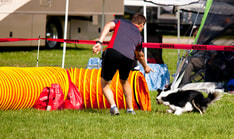 Agility I think if you asked random people on the street to name or describe a dog sport this would be the most commonly recognized one thanks to its popularity and TV coverage. In this sport the handler directs the dog around a pre-determined course of obstacles. The goal is to run “clean” (avoiding faults for knocking down bars etc.) and fast. Obedience One of the earlier organized dog sports these competitions test the ability of dog to respond to a wide variety of cues without any rewards while they are working. One of the earlier levels (Companion Dog) includes such tasks as heeling and coming when called while the upper level (Utility Dog) includes tasks such as determining which item the handler touched and bringing it back, running to the other end of the ring and taking the jump indicated by the handler and fetching back to the handler a glove dropped by the handler while heeling. Rally Obedience Newer than the sport of Obedience, many of the moves required for Rally originate in Obedience or as practice for Obedience exercises. The dog and handler complete a predetermined course of signs with such exercises as “Sit-Down-Sit”, “Send over Jump” and “Spiral Left”. Musical Freestyle In this sport the dog and handler perform a routine set to music. Depending on the organization and level there may be heeling beside, in front or behind the handler. There may be props to interact with as part of the performance. I have seen some beautiful Freestyle routines and marvel at the amount of training that goes into those beautiful performances. Rally FrEe A sport that combines some of the skills needed for Musical Freestyle into a Rally Obedience course. |
Categories
All
Archives
May 2024
|
Online Learning Class Schedule Puppy Classes Manners Classes Sport Classes Scent Classes Agility Classes Private Lessons
Copyright 2020 Positively Obedient Canines
